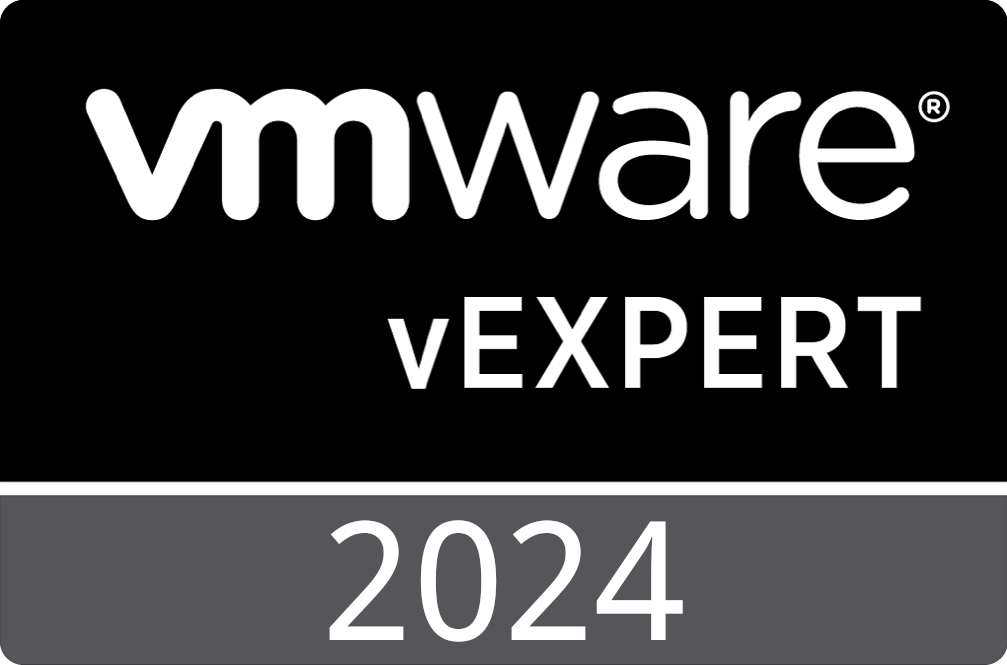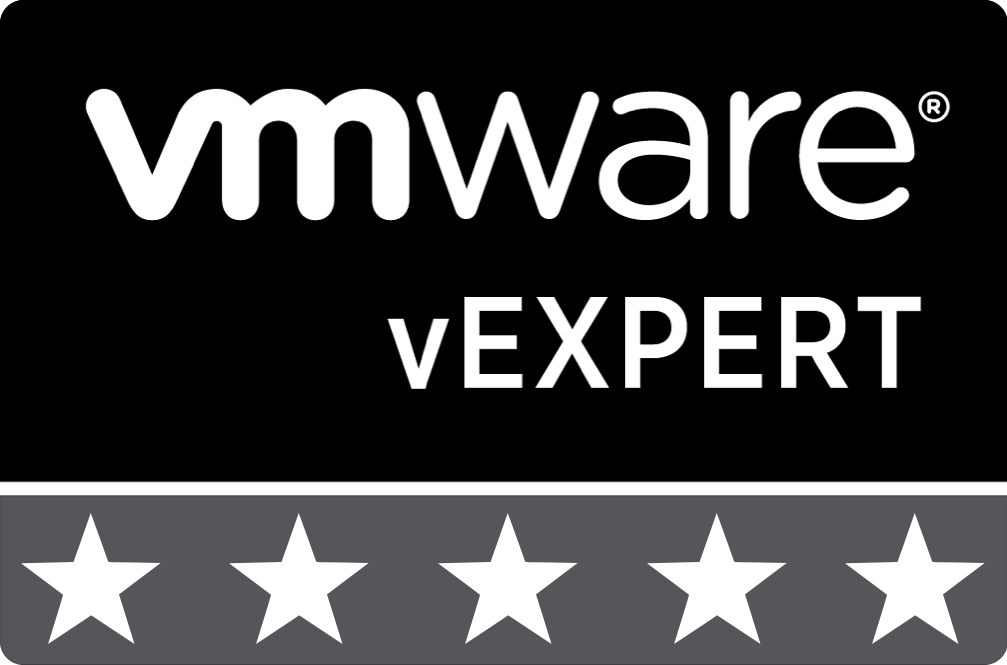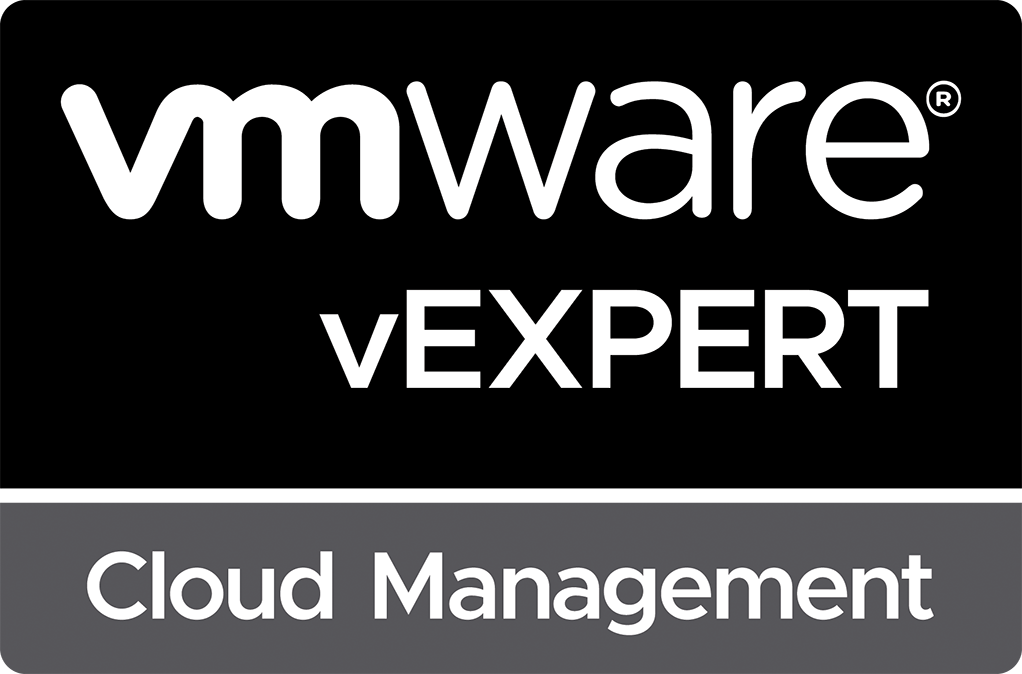
VMware vRealize Automation 8.8.1 Is Now Available
VMware vRealize Automation 8.8.1 was released on June 9, 2022. With this release, VMware has provided security updates and new features, including support for the vRealize Automation Extensibility (vREx) Proxy.
This post contains the following sections:
What’s New
What’s New in vRealize Automation 8.8.1:
-
Ability to enable/disable Log Analytics for Azure VMs – You can now enable/disable Azure VM log Analytics as a day-2 operation. This allows you to capture VM log data for further analysis by Azure Monitor and Query solutions.
-
vRealize Automation Extensibility (vREx) Proxy - Similarly to 7.x releases of vRealize Automation, vRealize Automation 8.8.1 and later now support the management of remote vCenter Server Cloud accounts. Instead of deploying a whole vRealize Automation instance in a remote site, you can now deploy a small vRealize Automation Extensibility (vREx) Proxy. This proxy VA helps a single central vRealize Automation instance to connect to the remote site and manage its resources. You will need to configure proper firewall rules and networking for a single communication channel only. This way, it is possible to manage resources of multiple sites while still having a simpler setup and configuration.
There is no impact on existing deployments; this is a new feature that is toggled off by default. For additional information on enabling and using the feature, please consult with the vRealize Automation documentation.
-
Storage limits are applied for Independent Disks and First Class Disks (FCD) - Previously, vRealize Automation only supported storage limits for day 0 attached disks and disks added via day2 operation. Independent disk & FCDs were not counted towards the storage limit set by the user. If the disk size exceeds the storage limit set, the deployment will fail. This is also supported in IaaS API.
-
Manage resource RBAC permissions with quick create VM - The deployment manage permission under Role Based Access Control now includes a new feature that allows you to create a VM directly using a single button and wizard independent of a VMware Cloud Template. With this feature you can:
- Quick create VM
- Quick create VM with existing network
- Quick create VM with new/existing storage
What’s New in vRealize Orchestrator 8.8.1:
-
The vRealize Orchestrator Amazon Web Services (AWS) plug-in is updated to use the latest AWS Java SDK - The AWS plug-in now uses version 1.12.209 of the AWS Java SDK. New features for the plug-in include:
- Access to the latest AWS EC2 features, such as new AWS regions.
- New and expanded scripting APIs.
The update also includes fixes for the plug-in scripting generator and the scripting wrappers for AWS methods having a return type or argument(s) of the
Collectiontype.
What’s New in vRealize Suite Lifecycle Manager 8.8.0 Product Support Pack 1:
-
Support for vRealize Automation version 8.8.1, vRealize Automation Salt Stack Config version 8.8.1, and vRealize Orchestrator version 8.8.1. - You can now deploy, upgrade and manage vRealize Automation version 8.8.1, vRealize Automation Salt Stack Config version 8.8.1, and vRealize Orchestrator version 8.8.1.
-
vRealize Log Insight 8.4.1 Upgrade Support - You can now upgrade vRealize Log Insight to version 8.4.1 using vRealize Suite Lifecycle Manager.
API Changes
API Changes in vRealize Automation 8.8.1
No changes were made to the VMware vRealize Automation APIs in version 8.8.1.
Resolved Issues
Resolved Issues in vRealize Automation 8.8.1:
- Spring Framework is updated to 5.3.latest due to CVE-2022-22965 - The Spring Framework has been updated to version 5.3.18 to resolve CVE-2022-22965.
Resolved Issues in vRealize Orchestrator 8.8.1:
-
Imported resource elements are reverted to an earlier state - After importing a resource element from a file and then updating the resource element without making a commit in Git, the element state is reverted to an earlier state after a certain period of time. For example, you might import a REST host resource element and then run the Update a REST host workflow (which does not update the resource element in Git). After a certain period of time, the changes made to the REST host are lost.
-
The RESTOperation ID does not initialize properly if the REST host instance is created by using a Swagger spec - In the HTTP-REST plug-in, when the REST host instance is created by a Swagger spec, the
RESTOperation IDdoes not initialize properly and thegetOperationmethod of theRESTHostobject does not work.
Additional Information
Additional information on vRealize Automation 8.8.1 can be found at the following links:
- VMware vRealize Automation Release Notes
- VMware vRealize Orchestrator 8.8.1 Release Notes
- VMware vRealize Suite Lifecycle Manager 8.8.x Product Support Pack Release Notes
See Also
Search
Get Notified of Future Posts
Recent Posts


